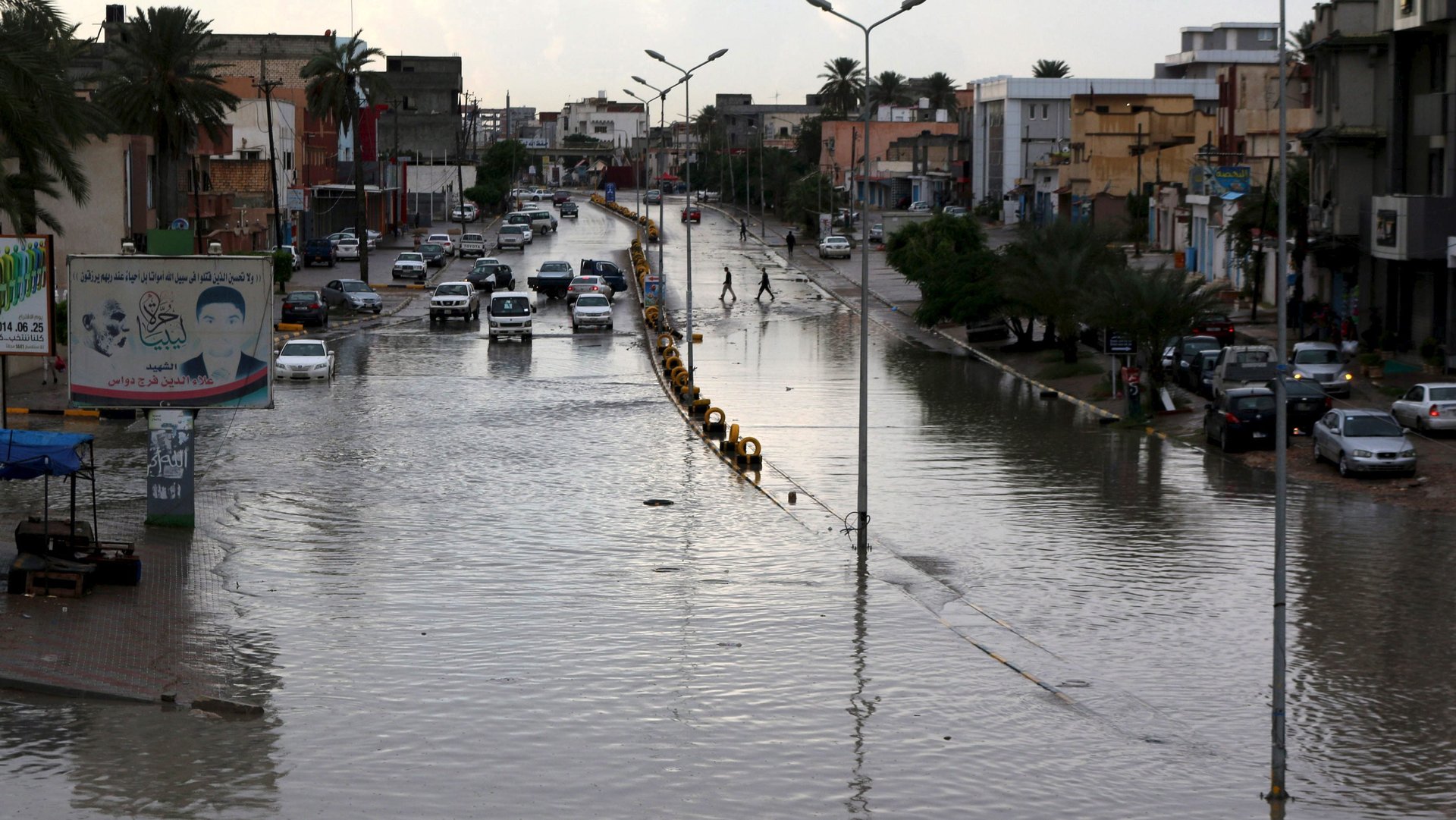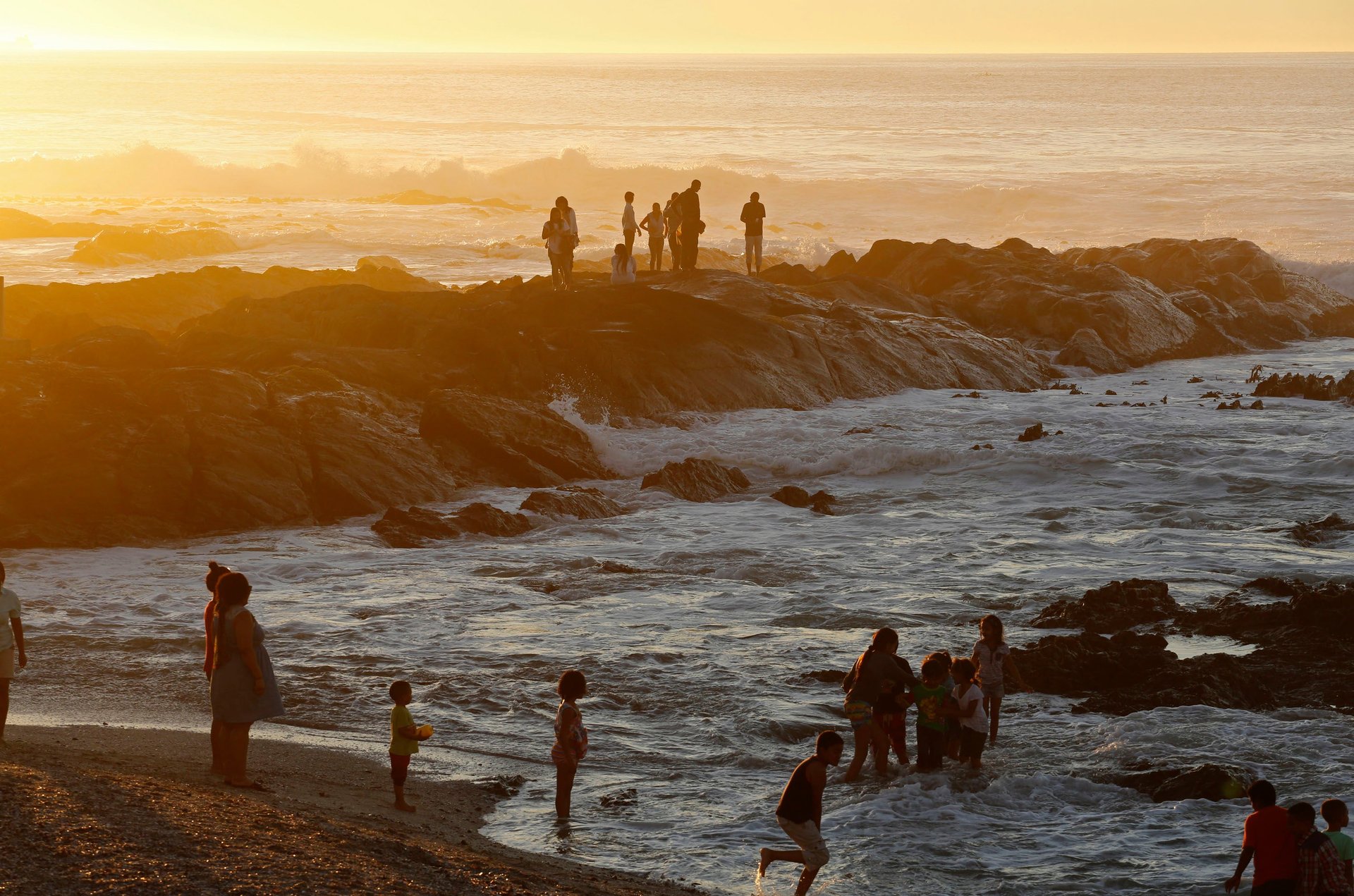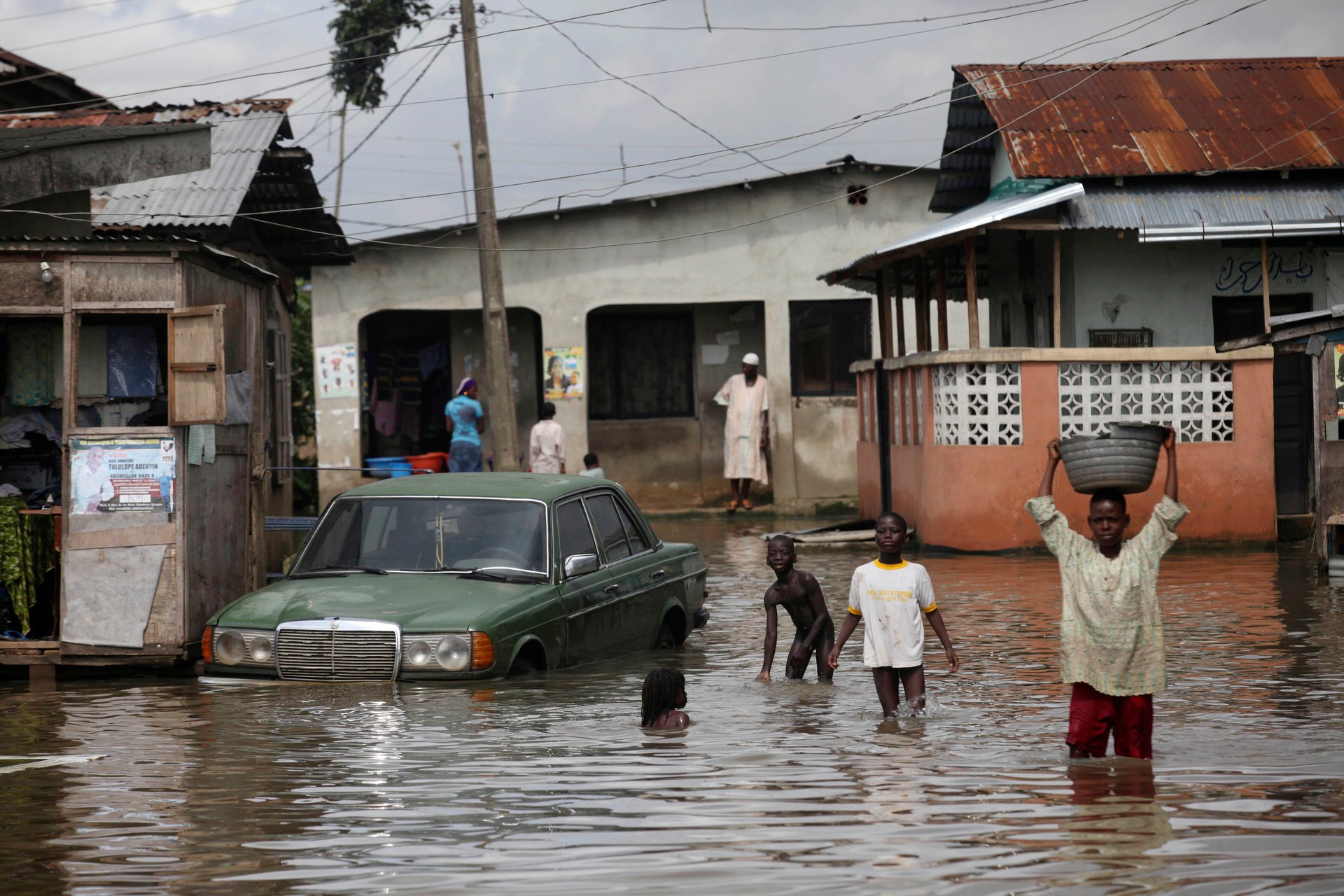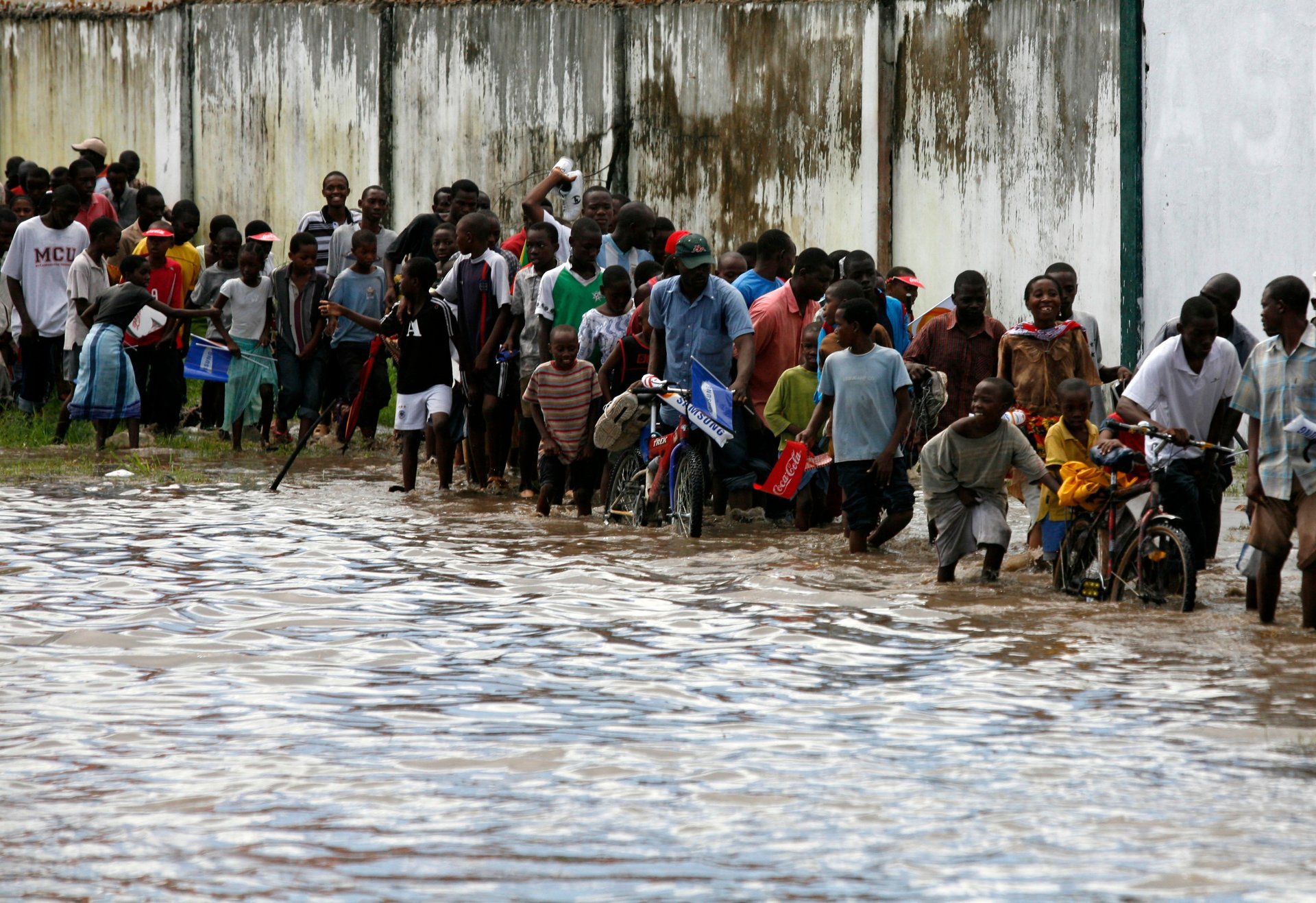These are the African cities most vulnerable to climate change
US president Donald Trump announced on Thursday (June 1) that he would withdraw the United States from the Paris climate agreement—weakening international efforts to reduce fossil-fuel emissions and mitigate global warming.


US president Donald Trump announced on Thursday (June 1) that he would withdraw the United States from the Paris climate agreement—weakening international efforts to reduce fossil-fuel emissions and mitigate global warming.
The deal, signed by 195 countries, is crucial for Africa, given the far-ranging impact of harmful greenhouse gases. The continent emits a paltry amount of harmful gasses, yet is particularly vulnerable to global warming and its effects. At 3.8%, Africa accounts for the smallest share of global greenhouse gas emissions, in contrast to 23% in China, 19% in the US, and 13% in the European Union.
Climate change in Africa is manifest in rising sea levels, increasing temperatures, and changes in rainfall patterns leading to floods or severe droughts. Since 1970, Africa has experienced more than 2,000 natural disasters, with just under half taking place in the last decade. Africa also contains 7 out of the 10 countries that are considered the most threatened by climate change globally, according to the Africa Growth Initiative at Brookings Institution. The extreme weather events are also taking a toll on African cities—which are growing rapidly—and is threatening the livelihoods of millions of people across the continent.
Abidjan, Côte D’Ivore
Global warming is a critical problem facing the Ivorian commercial capital, Abidjan. With its location on the coast of the Atlantic, experts have long warned that the city could be flooded over several decades from now. The Intergovernmental panel on climate change has also reported high erosion rates in the areas off the Abidjan harbor. The loss of mangrove forests has also increased the vulnerability of coastal areas to damages from coastal storm surges.
As the world’s top cocoa grower, heavy rains are threatening the mid-crop marketing season on one end, while farmers in other parts of the country are reporting patchy rainfalls and sunny spells.
Cape Town & Durban, South Africa
The two big South African coastal cities are among Africa’s top tourist destinations, attracting millions of people from all over the world. Yet, rising sea levels, sand movement along the coast, increasing urbanization, and the significant loss and extinction of important biodiversity underscore the challenges of climate change.
In early March, Cape Town was declared a disaster area after officials noted that the city had barely 100 days of water left due to a biting drought. The risk of catastrophic fires has also increased, with more wildfires raging in the Western Cape province. Climate change is also affecting agricultural production and is contributing to food insecurity, environmental degradation, and unemployment.

Lagos, Nigeria
Given its low-lying position next to the Atlantic Ocean, Africa’s most-populous city is susceptible to the negative impacts of climate change. Lagos consists of a mainland and a series of islands with an estimated population of 21 million—some of whom live on waterfront slums with no proper drainage or water systems. With heavy rainfalls and rising sea levels, these slum residents, and many middle to upper middle income neighborhoods, are vulnerable to flooding.

The megacity has been trying to avert this, with innovators building a solar-powered, naturally ventilated, triangular-shaped school as a sustainable model. The Eko Atlantic Island is also being built as a new financial hub by dredging up millions of tons of sand from the Atlantic and filing it in 10 kilometers (6.2 miles) worth of land. The Great Wall of Lagos, an 8-kilometer wall is being built to protect the peninsula and its residents from the sea. Researchers have however noted that the wall could prove problematic for other waterfront dwellers, and are calling its exclusivity to certain elites as “climate apartheid.”
Dar es Salaam, Tanzania
Tanzania is the most flood-affected country in east Africa, according to the World Bank. The country’s largest city, Dar es Salaam, is growing so fast—85% by 2025—that it cannot preserve the city’s natural environment at the same time. The coastal city’s flat nature also makes it prone to floods, which are expected to come with increased rainfalls and storm surges. The slums located along the floodplains of the Msimbazi river are also vulnerable to floods, with annual structure losses expected to be $47.3 million.
Just last month, the country experienced heavy downpours that destroyed critical infrastructure, large swathes of rice farms, and led to the closure of schools. Dar es Salaam recorded 54 millimeters of rain in a day—nearly a third of the total average monthly May rainfall of 188mm.

Coastal cities of North Africa
Researchers have found that climate change could make sections of north Africa so warm as to be uninhabitable in the future. Today, major North African coastal cities like Alexandria, Casablanca, Tripoli and Tunis are all vulnerable to long term impacts of climate change.
One northern Africa country that is facing a disastrous prospect is Sudan, where average temperatures by 2060 are expected to rise between 1.5 and 3 degrees Celsius. Haphazard rains, increasing desertification, intense droughts, and erratic rains have also contributed to ruining harvests and livestock. Decades of deforestation have also led to increased dust storms that roll through the desert now and swallow entire villages and farmlands.